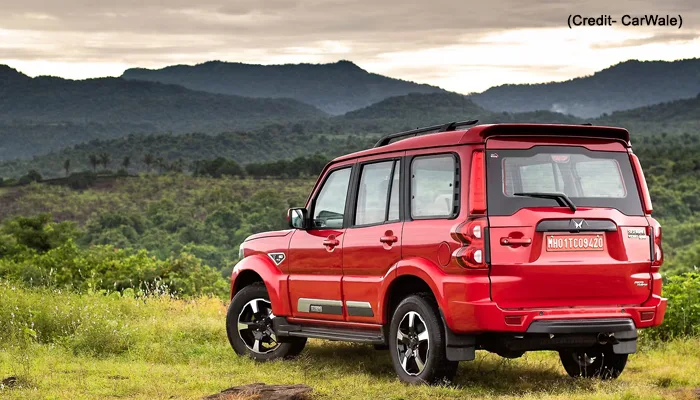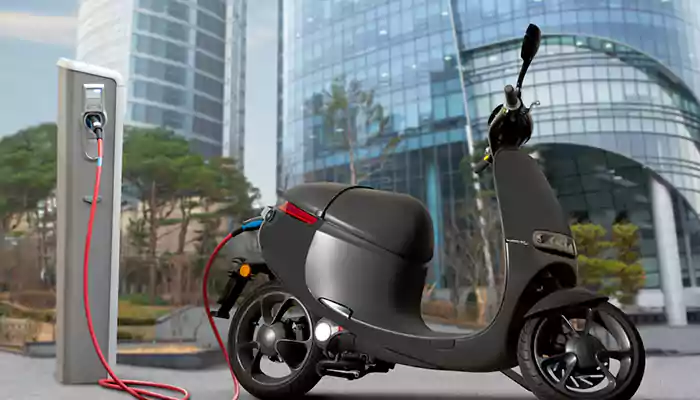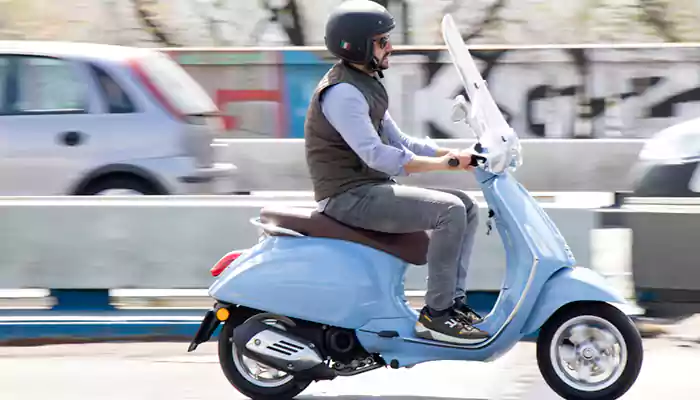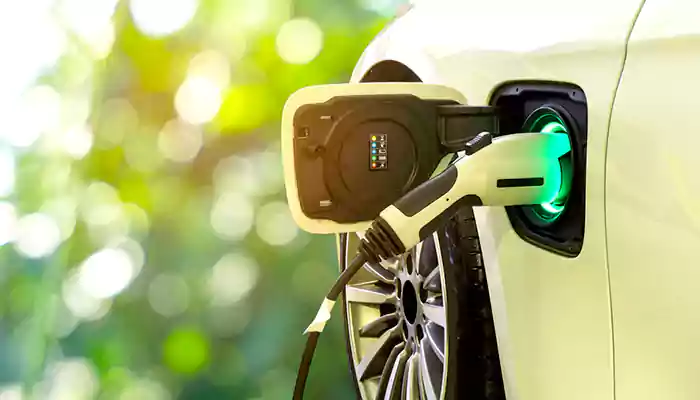Beyond Seatbelts and Airbags: Embracing Technology for a New Era of Car Safety
- Admin
- 4 months ago
- 3 minutes read

Embracing Technology for a New Era of Car Safety, Where Every Drive Begins and Ends with Confidence
The open road whispers adventure, beckoning us towards distant horizons. But behind the exhilaration of the journey lies a fundamental truth: every drive begins and ends with a responsibility to arrive safely. For decades, airbags and seatbelts have been our silent guardians, the last line of defence in the face of unforeseen perils.
Yet, in this age of rapid technological advancement, car safety is no longer relegated to passive protection. It's evolving into a symphony of interconnected systems—a proactive shield woven from digital threads—promising a future where accidents become anomalies, not inevitabilities.
From Reactive to Proactive: Anticipating Danger Before It Strikes
Gone are the days of relying solely on human reflexes to navigate the complexities of the road. Advanced Driver-Assistance Systems (ADAS) are ushering in a new era of predictive safety. Imagine your car gently nudging you back into your lane when you drift, automatically braking for a sudden stop ahead, or even recognising road signs and adjusting your speed accordingly. These are no longer sci-fi fantasies; they're features becoming increasingly commonplace, transforming our vehicles into vigilant partners, anticipating threats before we even glimpse them.
Seeing Beyond the Horizon: The Eyes of Tomorrow's Automobiles
Human vision has limitations and blind spots that can become fatal flaws on the open road. But our cars are shedding the shackles of physical limitations and equipping themselves with a digital sixth sense. Blind-spot monitoring systems act as tireless sentinels, alerting us to hidden vehicles lurking in our periphery. Night vision technology pierces the darkness, revealing obstacles invisible to the naked eye, and 360-degree cameras paint a panoramic picture of our surroundings, eliminating guesswork and replacing it with informed awareness.
Beyond Steel and Chrome: Connectivity, the Invisible Safety Net
Cars are no longer solitary islands in the asphalt jungle; they're becoming nodes in a vast network, communicating with each other and the infrastructure around them. Imagine driving on a road that warns you of upcoming hazards in real-time, or your car automatically slowing down as you approach a congested intersection. Vehicle-to-everything (V2X) technology promises a future where information flows freely, weaving a safety net for every driver and transforming the roads into collaborative ecosystems that anticipate and adapt to the ever-changing demands of traffic.
The Human Factor: Technology, Always at the Driver's Service
The rise of car safety technology doesn't signal the obsolescence of the driver. Instead, it's a powerful evolution, augmenting our abilities, not replacing them. These systems serve as vigilant assistants, whispering warnings and nudging us back on course, always with the driver firmly in control. It's a partnership, a shared responsibility where technology empowers us to become better, safer drivers, navigating the roads with an enhanced sense of awareness and a reduced margin for error.
Embracing the Future: A Road Paved with Safety for All
The revolution in car safety is not merely a technological one; it's a humanitarian one. It's about making the roads safer for everyone, from seasoned veterans to nervous novices. It's about parents trusting their children to the care of digital guardians and families embarking on road trips with a renewed sense of confidence.
As we embrace this new era, car safety ceases to be an afterthought; it becomes the very foundation of our automotive experience, transforming every drive into a journey towards a future where accidents fade into the rearview mirror, replaced by the comforting hum of safe, connected mobility.












